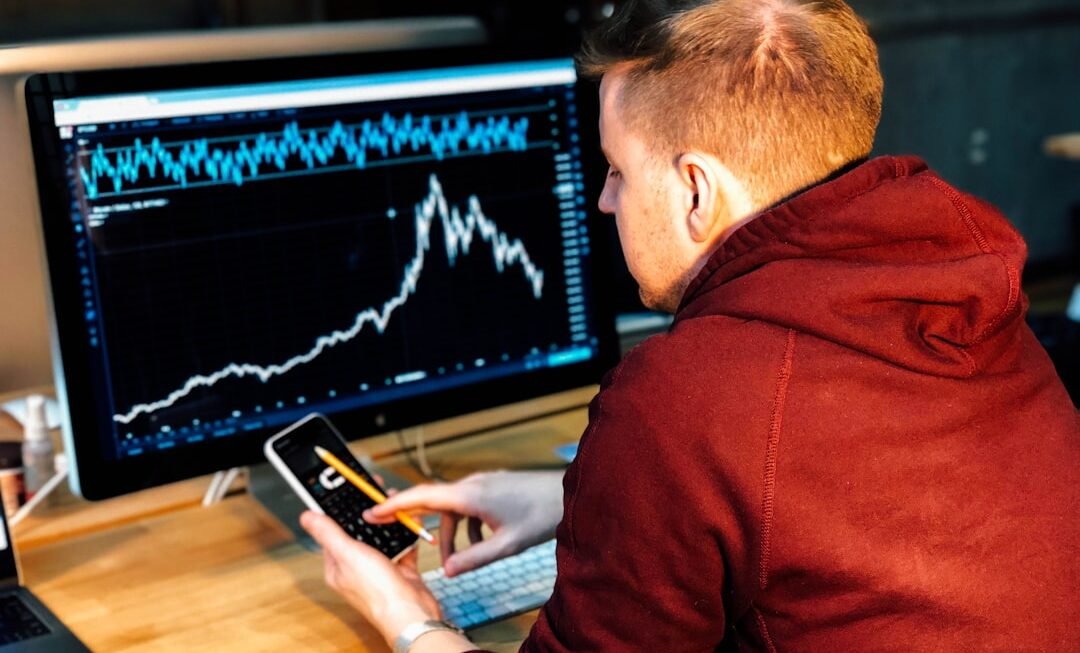Scalping is a prevalent trading strategy in the foreign exchange market that entails executing numerous small trades to capitalise on minor price movements. The objective of scalping is to conduct a large volume of trades, each yielding small profits, which can accumulate to substantial gains over time. Scalpers typically maintain their positions for exceedingly brief periods, often mere seconds or minutes, and aim to exploit even the slightest price fluctuations.
This strategy necessitates a high degree of precision and rapid decision-making, as well as the capacity to swiftly respond to evolving market conditions. Scalping is not without its challenges, as it requires traders to possess a profound understanding of market dynamics and the ability to accurately interpret price movements. It also demands a high level of discipline and emotional control, as the fast-paced nature of scalping can be mentally and emotionally taxing.
Successful scalping necessitates traders to be highly focused and attentive, as well as to have a comprehensive understanding of technical analysis and chart patterns. Moreover, scalpers must be capable of executing trades quickly and efficiently, often utilising advanced trading platforms and tools to facilitate rapid order execution.
The Importance of Choosing the Right Time Frame for Scalping
Choosing the right time frame is crucial for successful scalping in forex trading. The time frame refers to the duration over which price data is plotted on a chart, and different time frames can provide different insights into market dynamics. For scalping, traders typically use very short time frames, such as one-minute or five-minute charts, as these allow them to capture small price movements and make quick trading decisions.
Shorter time frames also enable scalpers to enter and exit trades rapidly, which is essential for this strategy. It is important for scalpers to consider the volatility of the market when choosing a time frame, as highly volatile markets can provide more trading opportunities but also carry higher risks. Additionally, the time of day can also impact the choice of time frame, as certain currency pairs may exhibit more pronounced price movements during specific trading sessions.
Traders should also take into account their own trading style and preferences when selecting a time frame, as some may feel more comfortable and confident trading on shorter time frames, while others may prefer slightly longer intervals.
Identifying the Best Currency Pairs for Scalping
Choosing the right currency pairs is essential for successful scalping in forex trading. Not all currency pairs are equally suitable for this strategy, as some may exhibit greater volatility and more pronounced price movements than others. Major currency pairs, such as EUR/USD, GBP/USD, and USD/JPY, are popular choices for scalping due to their high liquidity and tight spreads.
These pairs are traded in high volumes and are therefore less prone to sudden price fluctuations or slippage, which is important for scalpers who aim to enter and exit trades quickly. In addition to liquidity and volatility, traders should also consider the correlation between currency pairs when selecting instruments for scalping. Correlated pairs may move in tandem, which can impact the effectiveness of a scalping strategy if not taken into account.
It is also important to be aware of any upcoming economic events or news releases that may affect the currency pairs being traded, as these can cause sudden and significant price movements that may not be conducive to scalping.
Utilizing Technical Indicators for Scalping Strategies
Technical indicators play a crucial role in scalping strategies, as they help traders identify potential entry and exit points based on price patterns and trends. Commonly used indicators for scalping include moving averages, Bollinger Bands, and stochastic oscillators, among others. These indicators can provide valuable insights into market dynamics and help traders make informed decisions about when to enter or exit a trade.
When using technical indicators for scalping, it is important for traders to consider the sensitivity and responsiveness of the indicators, as well as their ability to adapt to rapidly changing market conditions. Scalpers often rely on short-term indicators that can react quickly to price movements and provide timely signals. It is also important to avoid using too many indicators simultaneously, as this can lead to information overload and confusion.
Instead, traders should focus on a few key indicators that complement each other and provide a clear and concise picture of market trends.
Risk Management and Stop Loss Placement for Scalping
Effective risk management is essential for successful scalping in forex trading, as this strategy involves making numerous small trades that can add up to significant gains or losses over time. Scalpers should set clear risk parameters for each trade, including predetermined stop loss levels that are based on technical analysis and market conditions. Stop loss orders are crucial for limiting potential losses and protecting capital, especially in fast-moving markets where price fluctuations can be unpredictable.
In addition to setting stop loss levels, scalpers should also consider position sizing and leverage when managing risk. It is important to trade with an appropriate position size that reflects the level of risk tolerance and account size, as well as to avoid excessive leverage that can amplify both gains and losses. Scalpers should also be mindful of slippage and execution risks when placing orders, as these factors can impact the overall profitability of the strategy.
The Role of News and Economic Events in Scalping
News and economic events can have a significant impact on currency markets and can create both opportunities and risks for scalpers. Major economic releases, such as non-farm payrolls or central bank announcements, can cause sudden and substantial price movements that may not be conducive to scalping. As such, it is important for scalpers to be aware of the economic calendar and avoid trading during high-impact news events that can lead to increased volatility and unpredictable market conditions.
On the other hand, some scalpers may choose to take advantage of news-driven price movements by incorporating a news trading strategy into their scalping approach. This involves closely monitoring economic releases and entering trades based on the immediate market reaction to the news. However, this approach requires a high level of skill and experience, as well as the ability to react quickly to changing market sentiment.
Tips for Successful Execution of Scalping Strategies
Successful execution of scalping strategies requires a combination of technical expertise, discipline, and mental agility. Traders should develop a clear trading plan with predefined entry and exit criteria based on technical analysis and market conditions. It is important to remain focused and attentive while scalping, as even a momentary lapse in concentration can lead to missed opportunities or costly mistakes.
Scalpers should also be mindful of transaction costs, such as spreads and commissions, which can erode profits when making numerous small trades. Choosing a broker with competitive pricing and fast order execution is crucial for maximising profitability in scalping. Additionally, traders should continuously monitor their performance and adapt their strategies as needed based on market conditions and evolving trends.
In conclusion, scalping is a demanding yet potentially rewarding trading strategy that requires a high level of skill, discipline, and mental fortitude. By understanding the intricacies of scalping, choosing the right time frame and currency pairs, utilising technical indicators effectively, managing risk prudently, staying informed about news events, and executing strategies with precision, traders can increase their chances of success in this fast-paced and dynamic approach to forex trading.












